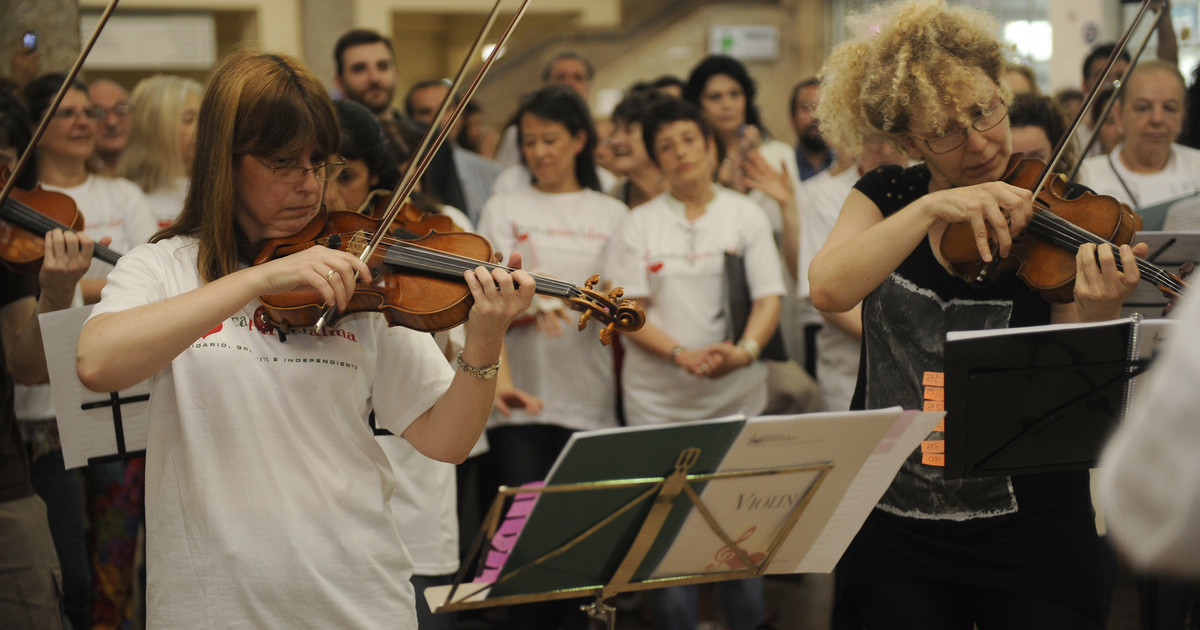In the realm of musical pedagogy, there exists a method that may not be familiar to everyone but holds significant weight in the world of music education. This method is known as the Martenot Method, named after its creator, the Frenchman Maurice Martenot. Born on October 14, 1898, and passing away on October 8, 1980, Martenot was not only renowned for his discovery of waves bearing his name in 1928 but also for his contributions to the fields of sound and electronics. His innovative work led to the creation of the Martenot waves, an electronic instrument that revolutionized music in 1928.
Unlike traditional music education approaches, the Martenot Method views musical instruction not merely as a means to an end or the acquisition of knowledge as the ultimate goal. Instead, it sees musical education as an essential component of a person’s holistic development. This approach aims to instill a deep love for music, provide the tools to integrate it into one’s life, utilize musical education in broader pedagogy, convey theoretical knowledge in a lively manner through musical games, and cultivate attentive listeners.
The Martenot Method represents a holistic approach to musical education, blending elements of psychopedagogy, creativity, and artistic expression. Its influence on contemporary music education has been profound, focusing on developing musical abilities comprehensively while fostering sensitivity and emotional connection to music. Central to this method are principles such as active relaxation, mindful listening, and rhythmic sense development.
Through techniques like active imitation, echoes, and memorization of rhythmic patterns, students are encouraged to experience music not just as a technical discipline but as a sensory and emotional journey. Emphasis is placed on early exposure to folk music and traditional songs, serving as a cultural and emotional foundation for rhythmic development.
In 1960, Martenot encapsulated his vision in the book “Principios fundamentales de educación musical y su aplicación” (“Fundamental Principles of Musical Education and Its Application”), outlining a pedagogical roadmap complementing his methodology. Additionally, in 1930, Martenot and his sister Ginette embarked on a global tour to showcase this method, with Ginette as the primary interpreter of her brother’s works.
According to the specialized music blog Planificación Músical, the Martenot Method is described as an innovative methodology that has left a significant mark on music pedagogy. It allows individuals to experience music as a relaxed and sensory journey. The method, developed by Maurice Martenot based on his acoustical and psychopedagogical research, focuses on relaxation, rhythm, and attentive listening.
In conclusion, the Martenot Method stands as a testament to the power of innovative pedagogical approaches in shaping musical education. By emphasizing experiential learning, emotional connection, and cultural roots, this method continues to inspire a new generation of musicians and educators, enriching the landscape of music education with its unique blend of creativity and tradition.









Leave feedback about this